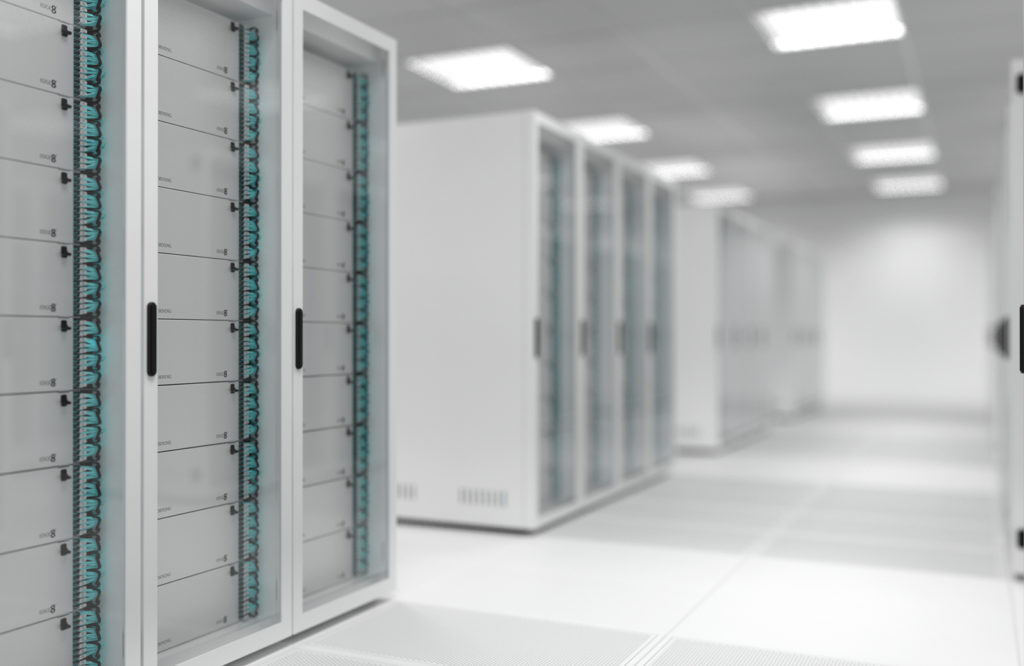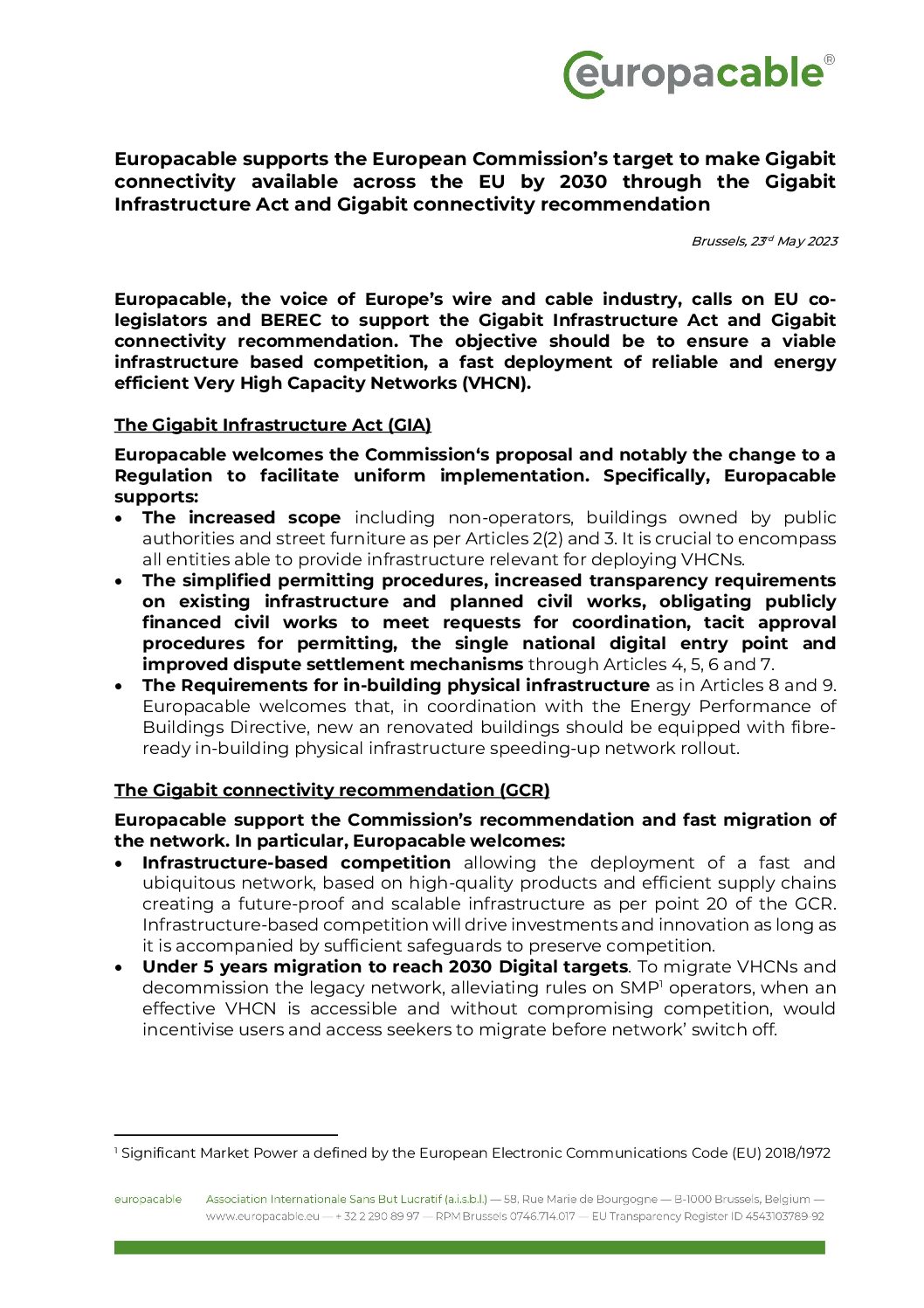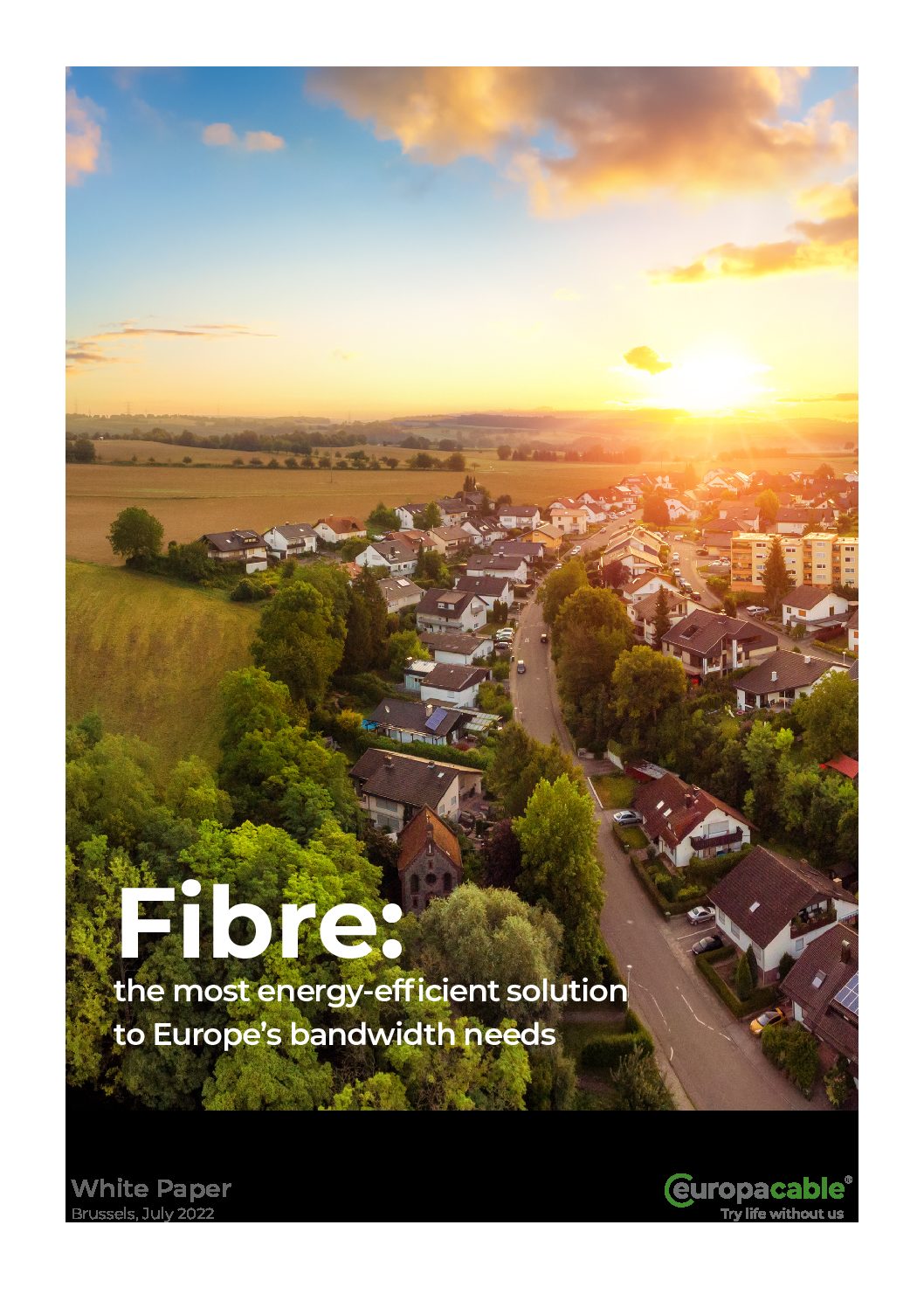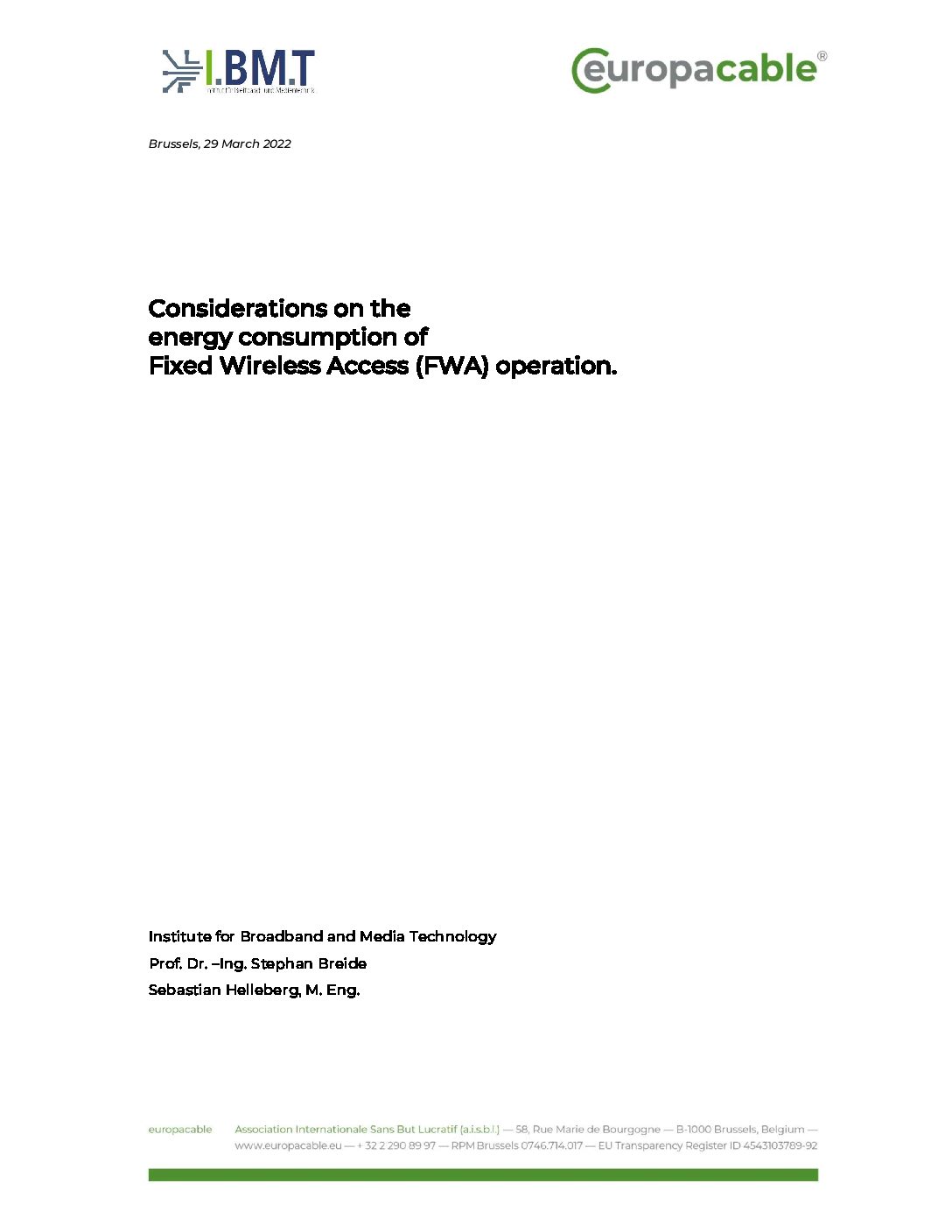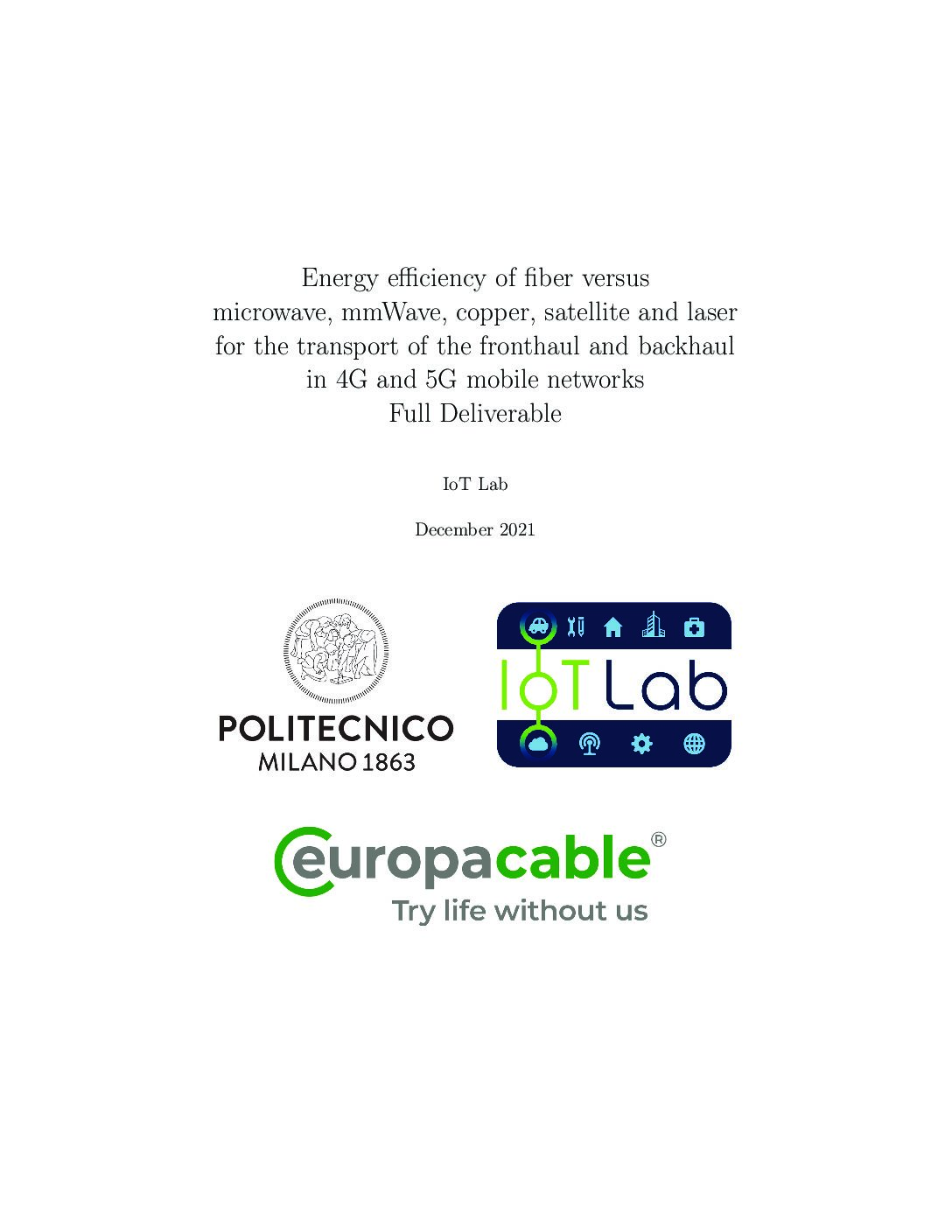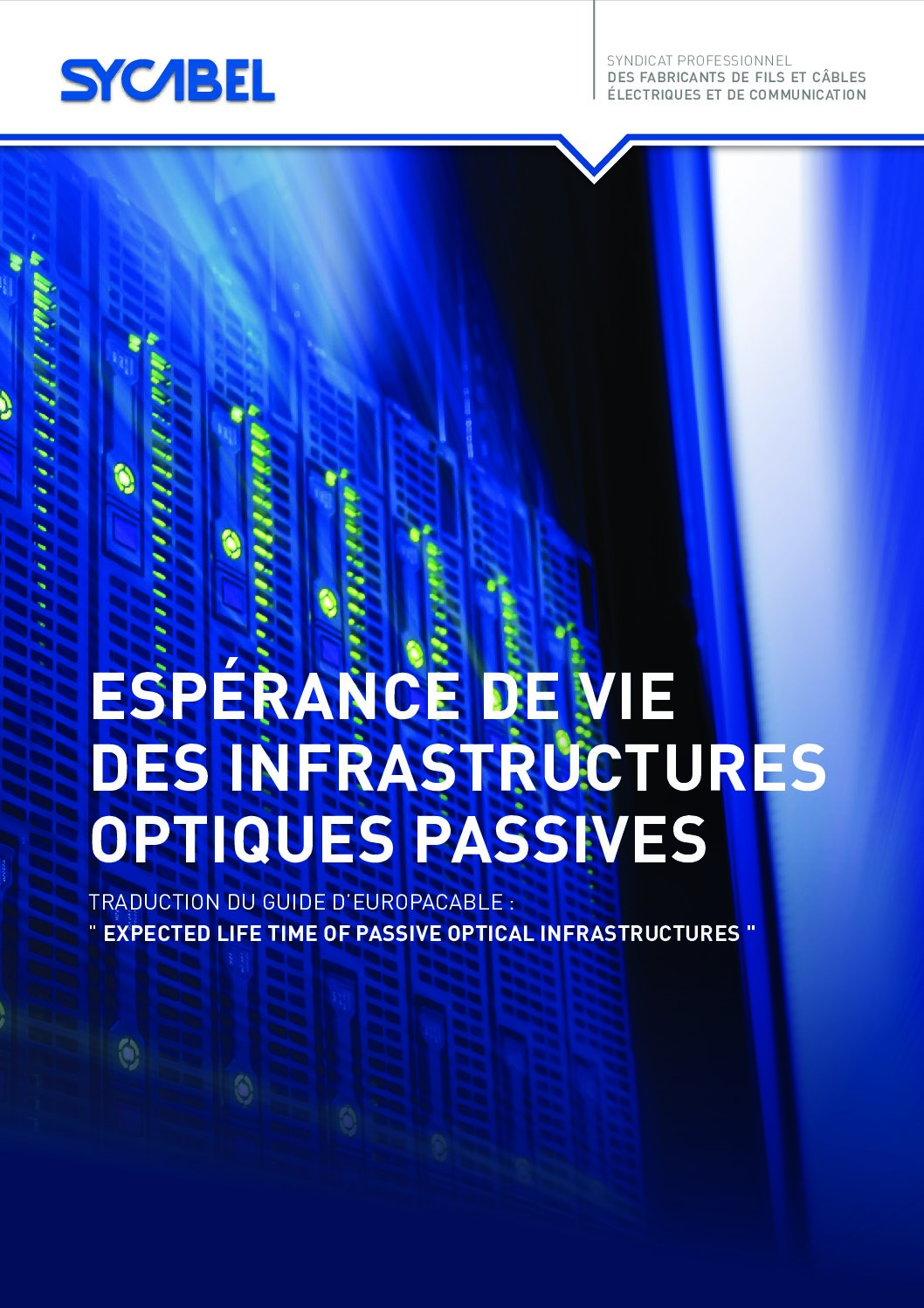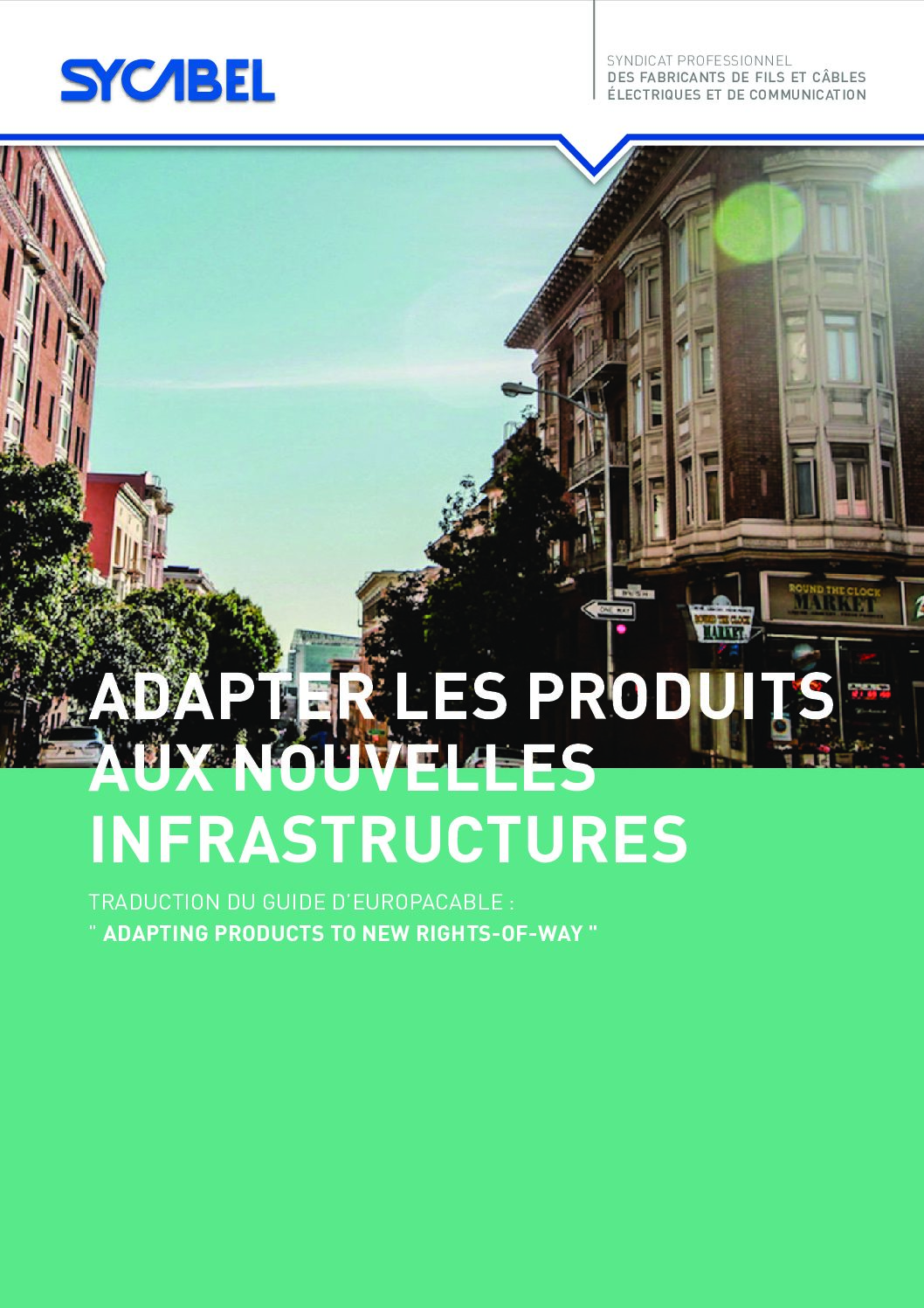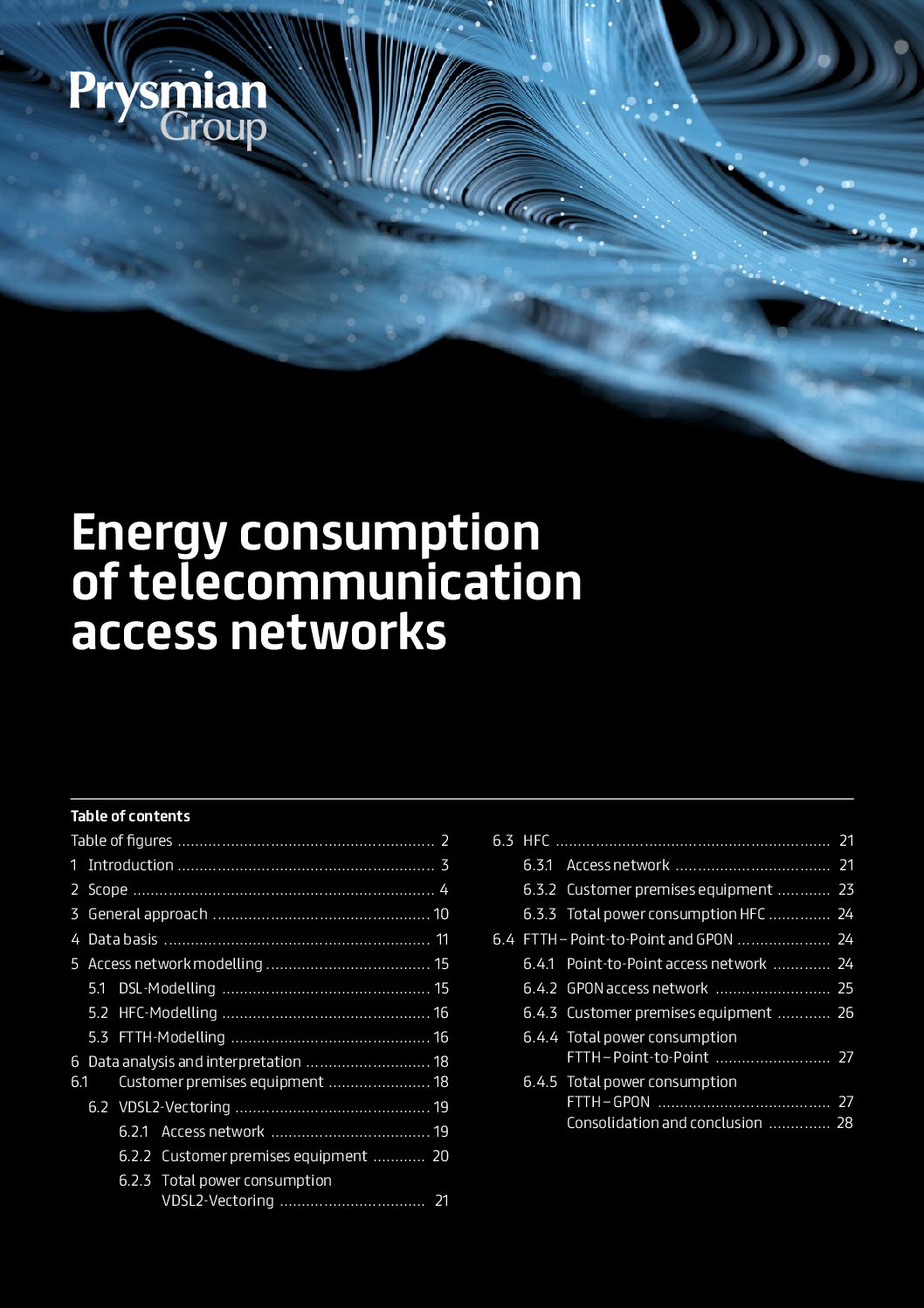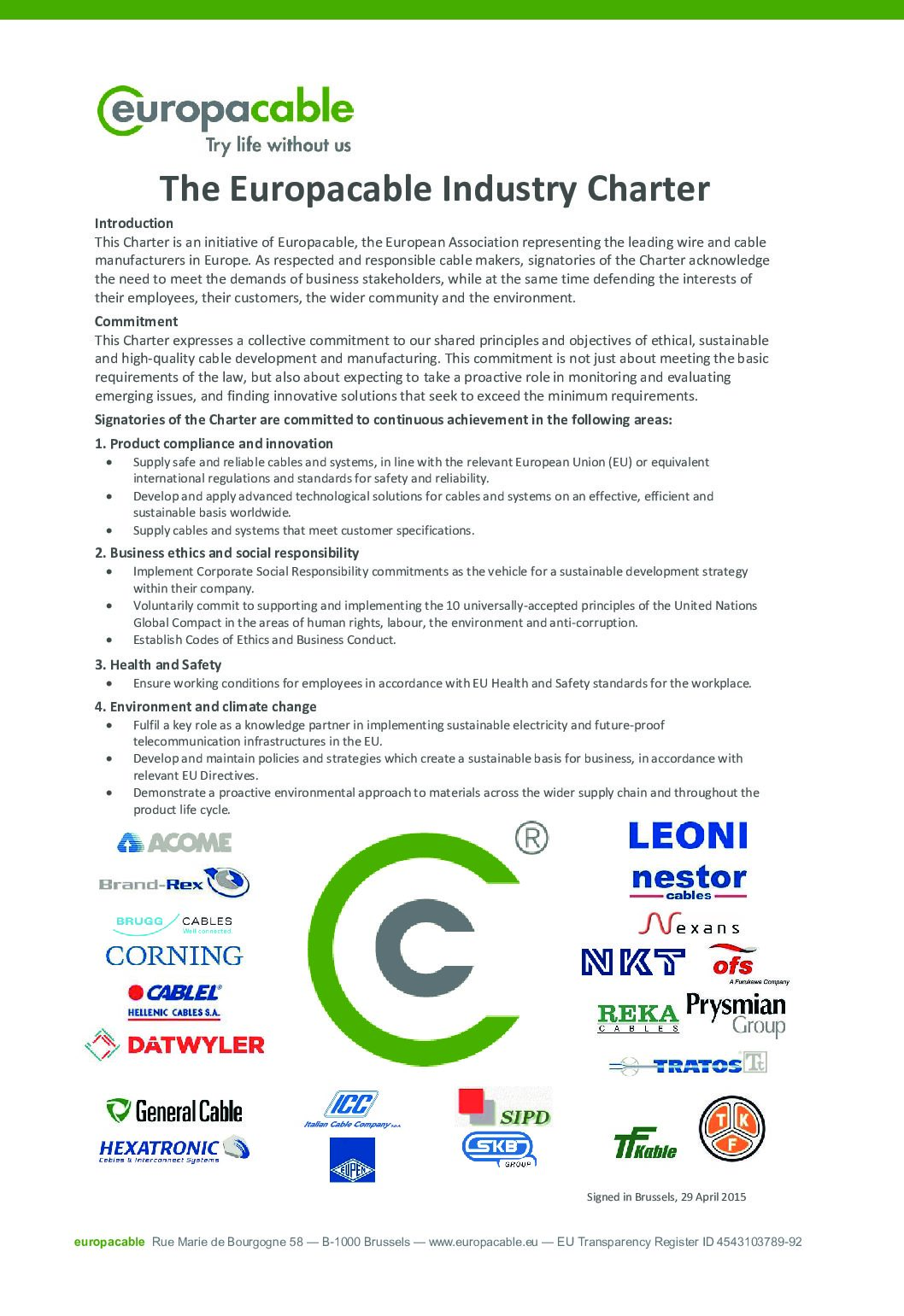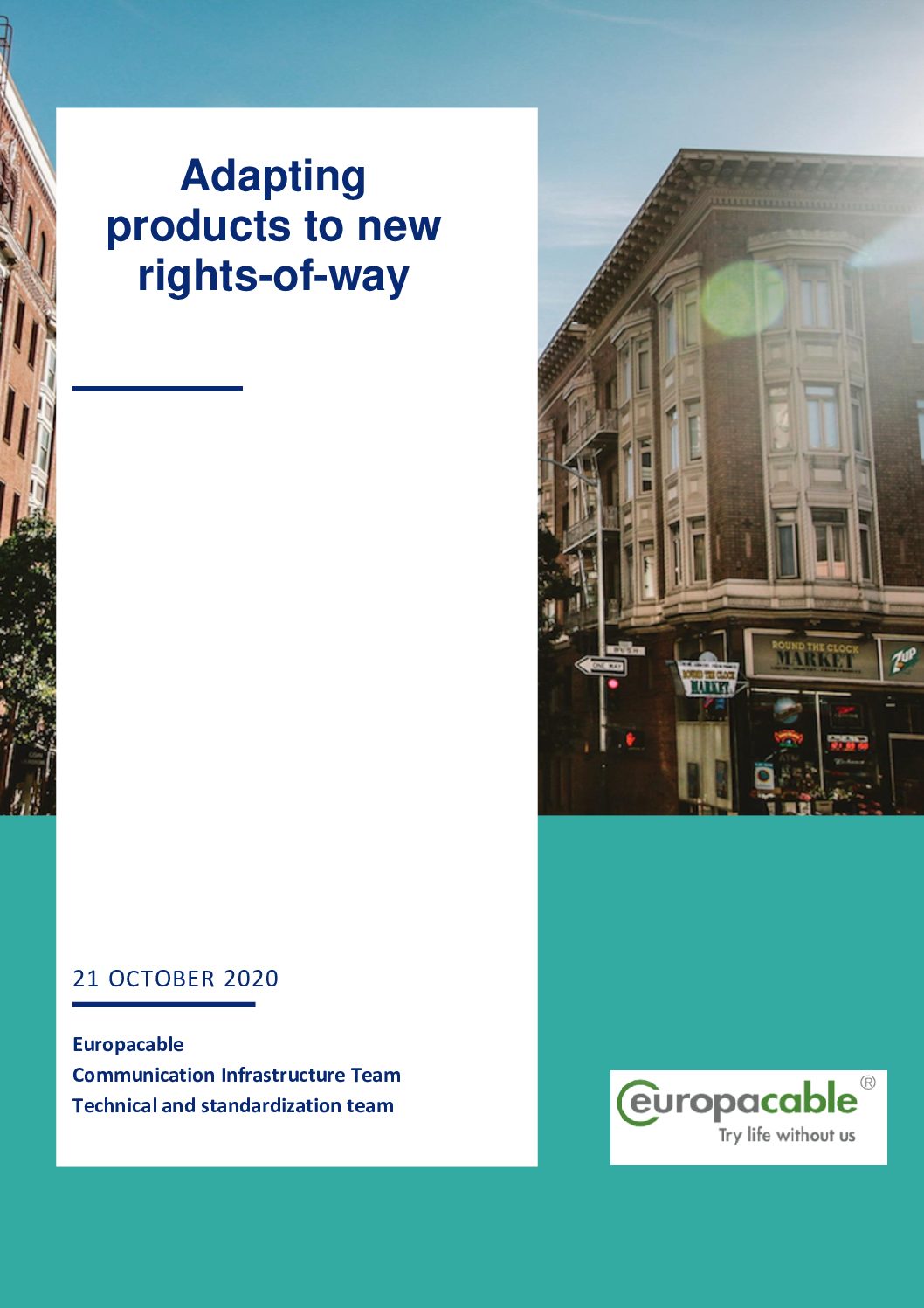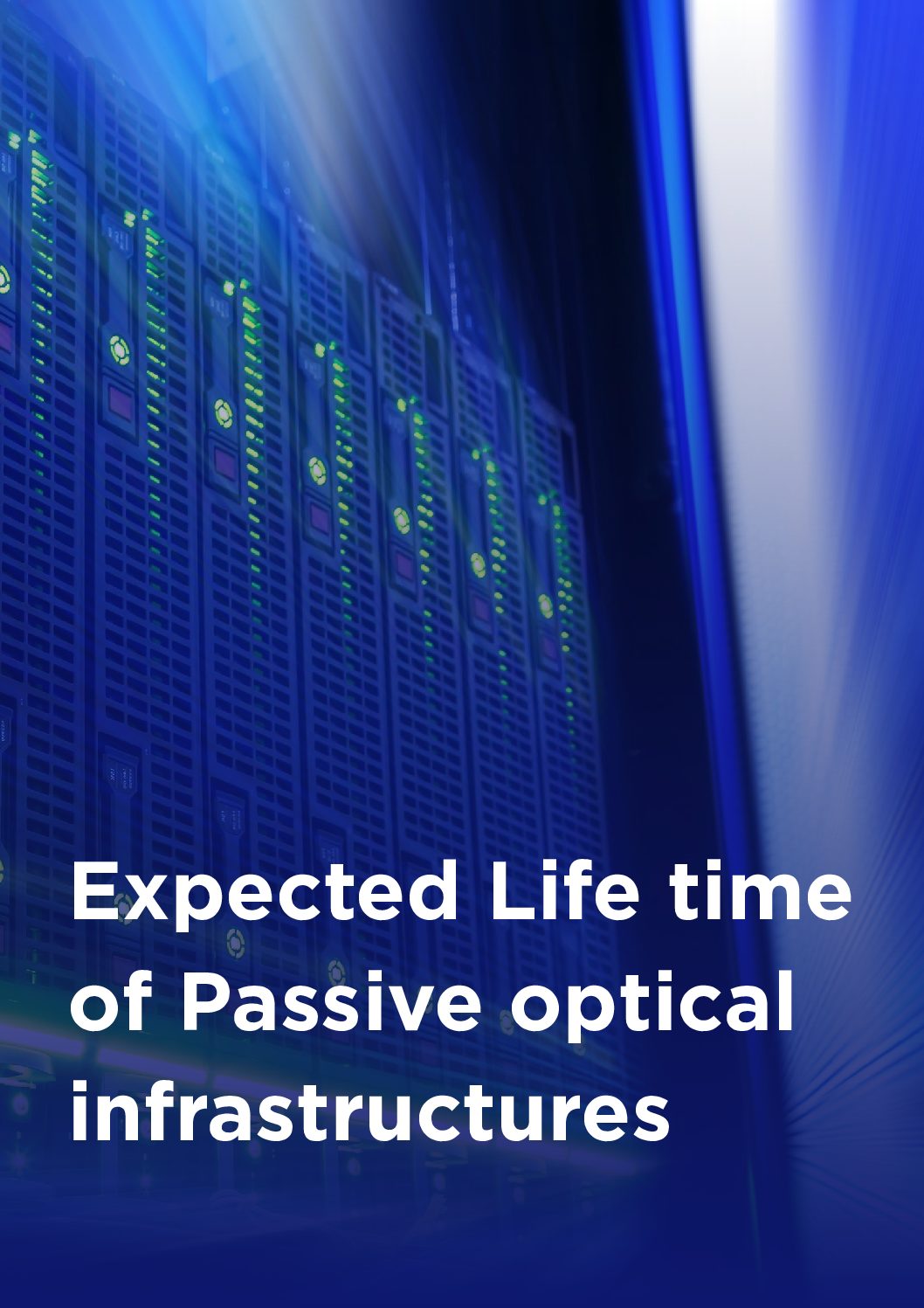«High-capacity telecommunication and data management infrastructures will be the backbone of Europe´s future Gigabit Society. To secure the competitiveness of our continent, we need to do it right: Europe´s broadband roll-out needs to be future-proof through high-quality, energy efficient cables.»
– Philippe Vanhille, Chair

TOPICS
High-quality, energy efficient fibre telecommunication networks
High-quality, energy efficient optical fibre telecommunication networks will be the backbone infrastructure to enable the digitalisation our lives, working environments, services and operations. Whatever forms the digitalisation will take and whatever technologies it may be using, a strong, robust and high-quality fibre network will be the foundation for any future telecommunication and data transmission, management and storage.
Europe needs a high density optical fibre telecommunication network to ensure its future competitiveness and to actively contribute to the decarbonisation of the whole continent.
“We need to do it right” today so as to be ready for the future – and with that we mean:
- High quality components need to be deployed when building the physical infrastructure: they will last longer, lower the overall CAPEX over time and will minimize civil works.
- Network robustness obtained through high quality components, right installation procedures, installation executed by highly trained and skilled workforce will reduce downtime, minimize re-investments and thus keep cost down.
- Future proofness will result from deploying the right, high-quality fibre components in the physical infrastructures.
- Sustainability is key: high-quality fibre networks will reduce energy consumption, thereby increasing energy efficiency of data transfers and storage. Furthermore, from their side, Europacable Member Companies apply stringent environmental legislation and are committed to further reduce the environmental footprint of both products and factories.
Secure, reliable, robust, sustainable, high-quality optical fibre telecommunication networks will make this Europe’s Digital Decade by laying the foundation of an increasingly digitalized array of human activity in line with both the European Green Deal and Digital Strategy.
Unlimited, energy-efficient bandwidth through fibre
Europe needs fibre – and with that Fibre Optical Cables
To meet future broadband capacity needs, Europe´s future telecommunication networks will be largely built with optical fibre cables: Europacable firmly believes that Europe´s future telecommunication infrastructure will be a capilar fibre network.
The world is only at the beginning of a massive Digital Revolution made of mobility, intelligence, connectivity, convergence, innovation and driven by new communication usages, applications and needs. This revolution will be impacting the entire Telecom ecosystem and fundamentally alter our telecommunication infrastructures:
- The “Quality experience” defined by throughput time and latency
- All IP Networks
- Proximity of Data Centers to have content closer to users
- Deep fibre in mobile and fixed access networks
- Symmetric speeds to allow for more uploading of content and videos
Optical fibre cables will be the key technology deployed in the so called “passive” telecommunication infrastructures in Europe.
They can be installed in ducts, micro-ducts, integrated into existing infrastructures or in areal installations. The “last mile” connecting the end consumer may be covered by varying technologies depending on the specific requirements of usage and location.
For Europacable, it´s all about quality of the passive infrastructure. With that we mean:
- High quality optical fibre and optical fibre cables, and
High supply chain performance when installing and running the networks.
High quality cables mean future proof networks:
- Reliable service for decades, even with increasing traffic;
- Networks can be easily upgraded, maintained and expanded;
- Cost efficiency: It´s not all about the initial investment costs but about the network costs over the entire lifetime. Investments are to consider OPEX rather than CAPEX.
Since the invention of modern optical fibre cable technology in the USA and Europe in the 1970´s, European manufacturers have always at the forefront of driving the technical development of optical fibre cables. Today, Europe has world class research centers, highly specialised universities and industrial sites with the know-how and the capacity to respond to present and future demands. The world´s leading optical fibre cable producers are European and members of Europacable.
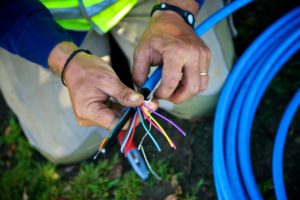
Maintenance and repair of traditional networks
Before the appearance of the optical fiber technology, incumbent operators built their networks with technologies based on copper cables. These networks are still operative but reaching their limits in terms of meeting the speed and bandwidth requirements of the gigabit society. Europacable member companies continue to manufacture multi pair and coaxial copper cables mainly for maintenance and repair purposes.
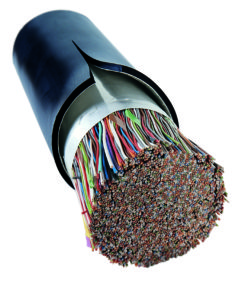
In most of the countries the copper telecom demand is declining year on year being replaced by optical fibre systems. However some new technologies, like xDSL, G.fast and Docsis, allow to improve the performance of the legacy copper network . They do it by leveraging on the existing cooper access infrastructure in the last few hundred meter to deliver higher speeds, at the end is a way of pushing further down the fiber penetration in the access network and getting closer to the home/building. These technologies are seen as an interim solution to the ending scenario that would be FTTH/P.
For above reasons copper multi-pair cables are mostly intended to repair or replace existing ones but generally not as an option for new network designs. The copper cables are available in pairs or quads in a wide range of configurations.
Safe and future proof data management and storage
Data cables & Systems - the key connector in data centers
Rapid and secure data management and storage becomes an ever more important aspect of the functioning of our industries, businesses and lives. The key priority for today´s information technology cabling infrastructures are availability, flexibility and future-proofing.
Data cables and systems are the key component in building and securing these infrastructures. They are used in different applications including data centers, office buildings, industrial premises, private homes or buildings. In any of these applications, the information technology cabling infrastructure is of critical importance: Even the shortest service interruptions can have serious impact. It is for this reason that Europacable member companies call for the deployment of the highest quality cables in these applications.
Already today, for data centers, offices and industrial premises, reliable and timely data processing is a key factor for success. The rapid development of data bit rates and the wide range of applications require a very flexible, high-performance network infrastructure that will be able to meet future demands.
Complete cable systems include distribution equipment to the workstation. The smart use of fiber optics and copper data cable technologies for the backbone and horizontal wiring to the user enables cost effective networking of standard resources such as PCs, printers or multi media applications. Others, such as Power-over-Ethernet (PoE), support the powering of devices such as web cameras, wireless LAN access points, IP phones and laptops via the copper data cabling.
Europacable member companies offer the full range of fibre optics and copper data cable and system technologies for all applications.
